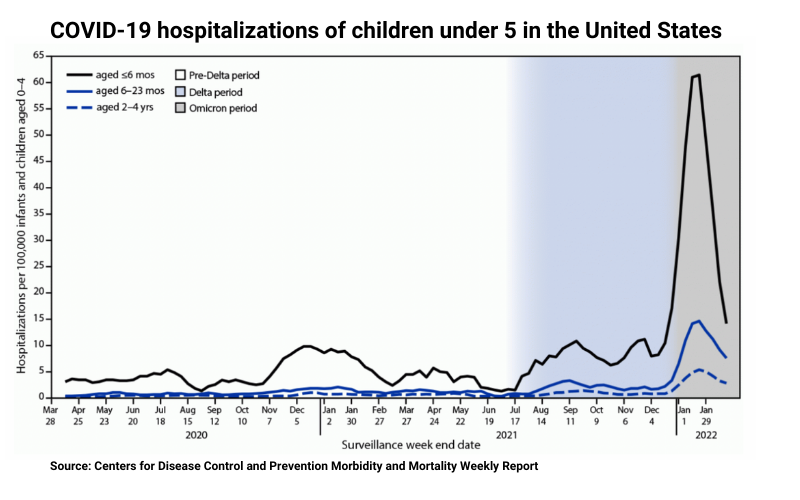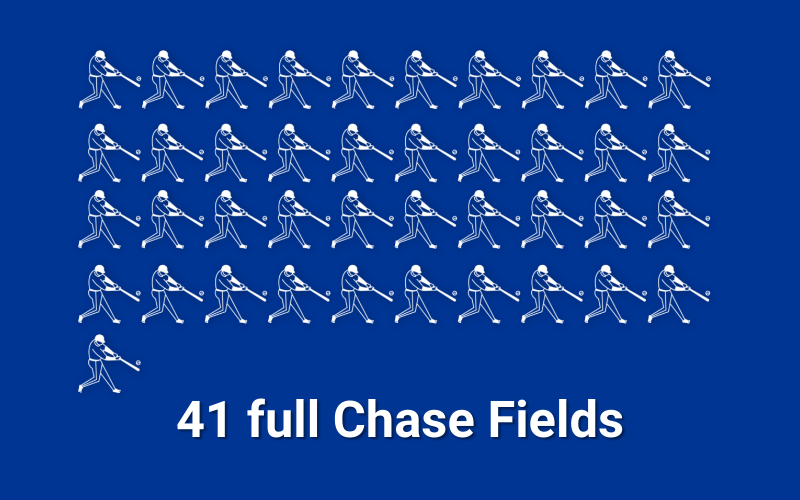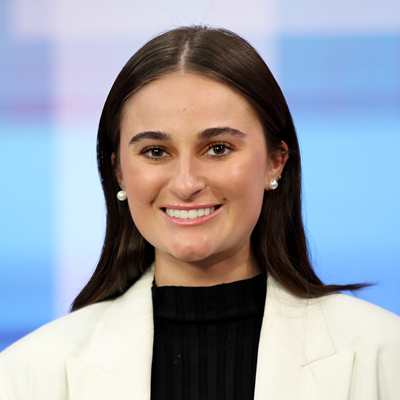PHOENIX – A little more than six months after Arizona passed 1 million reported cases of COVID-19, the state is approaching 2 million. Although reported infections have slowed over the past few months, experts warn that the coronavirus that causes the disease is here to stay, and the extent of COVID’s long-term effects isn’t known.
Dr. Michael White, chief clinical officer of Valleywise Health, called the 2 million mark “another sobering milestone,” in an interview with Cronkite News in mid-February. The number, he said, “represents the tremendous impact and how it affected this vast number of people.”
On Wednesday, the state reported 4,566 new COVID-19 infections and 336 additional deaths, bringing the total to 1,997,037 cases and 28,883 deaths, according to the Arizona Department of Health Services’ weekly update.
Wednesday marked the second anniversary of the first COVID-19 patient admitted to Valleywise Health, Maricopa County’s nonprofit health system. Since then, it has treated 15,949 COVID-19 patients, according to a news release.
At a news conference Wednesday, White said that although little was known about COVID-19 in March 2020, the patient, who was middle-aged, recovered after a few days of treatment.
“There was a lot of anxiety, a lot of unknown” during the early days of the pandemic, White said.
Over the past two years – and in the past month in particular – hospitalization numbers at Valleywise Health have improved.
“We are blessed at a point today to say that we only had six COVID-positive patients within our medical center this morning,” White said. “We have just one patient in our ICU.”
Asked how he felt about the pandemic, White said, “I’m cautiously optimistic.” In addition to the progress he’s seen with COVID-19 hospitalizations, he said he is pleased people are getting vaccinated, but he remains wary of the virus and its changes.
Arizona nears 2 million COVID-19 cases
White told Cronkite News in February that 2 million cases “reminds us how dramatically this particular virus spreads and how easily it spreads from person to person.”
“It’s one of the most contagious diseases we know about,” he said.
Dr. Joshua LaBaer, executive director of the Arizona State University Biodesign Institute, said in mid-February that the case count may include those who were reinfected over the course of the pandemic. It also doesn’t include people who tested positive at home, but even so, he said, 2 million cases is a sobering milestone.
“Even without a change in variants or new viruses, it was inevitable that something like this (coronavirus) would spread to everybody,” LaBaer said.
The first case of COVID-19 in Arizona was documented on Jan. 26, 2020, bringing the U.S. total at the time to five confirmed cases. The World Health Organization declared COVID-19 a pandemic on March 11, and Gov. Doug Ducey declared a public health emergency the same day.
The pandemic has taken a grim toll on the state, especially with emerging variants, reluctance to wear masks, vaccine hesitancy and other factors.
“There was a large cohort of individuals who never got vaccinated,” LaBaer said in February, “and that certainly kept the virus coming back. But also I think it is important to note that there have been a lot of variants that came around, some of which were able to escape the vaccine.”
“We all have to brace ourselves for the fact that this virus is here to stay,” LaBaer said.
Children, many of whom remain ineligible for COVID-19 vaccinations because of age restrictions, have had little respite from infections and hospitalizations, according to a report last week by the Centers for Disease Control and Prevention. With the onset of the omicron variant, children 4 or younger were hospitalized at nearly five times the rate of the previous peak of the delta variant, it said.

White, however, said Valleywise has not had an increase in hospitalizations of children, especially over the past month.
“We have no children in the hospital today from that,” White said. “We continue to move towards being able to vaccinate all of those that are eligible.”
Moderna announced on Wednesday that its vaccine for children 6 months to 5 years will be submitted for emergency use authorization by the Food and Drug Administration.
The announcement comes as an omicron subvariant, BA.2, has been reported and now accounts for over a third of COVID-19 cases in the United States, according to the CDC.
“We know that this new variant is coming.” White said. “How it takes hold and how it affects us within the state of Arizona — unfortunately, time will tell of this.”
The delta variant caused a summer surge in infections, and the omicron variant that emerged here in December stoked the latest spike in cases. Delta was “nearly twice as contagious as earlier variants,” and omicron “spreads more easily than the original virus that causes COVID-19 and the delta variant,” according to the Mayo Clinic.
Like many health systems during the pandemic, Valleywise struggled with staffing. In February, seven Navy medical personnel joined Valleywise Health to support COVID-19 efforts at the request of the Federal Emergency Management Agency.
But White said Wednesday that Valleywise has “been actually able to decommission one of our COVID-19 disease positive units” because of downward case trends.
“We know that transmission rate within Maricopa County continues to be quite low, and the lowest it’s been in quite some time with only 36 per 100,000 patients that are testing positive,” he said.
But that’s a far cry from the situation as 2022 began. Jan. 14 was the first time the state had reported more than 20,000 COVID-19 infections on a single day. Feb. 1 broke a 26-day streak of 10,000-plus reported cases per day, and the daily reported cases had been less than 10,000 through Feb. 26, the last day of daily reports.
Arizona recently also hit a milestone for COVID-19 deaths, surpassing 25,000 in mid-January and nearing 30,000 deaths this week. Arizona’s overall death rate is second-highest of all states nationwide, after Mississippi, according to the CDC.
White made the case for continuing to stay vigilant and take precautions, including vaccination and booster shots.
“The number of folks that are coming with symptoms of COVID-19 disease and testing positive have continued to decline. But that does not mean that COVID is not present within our communities,” White said.
The CDC recently changed guidelines for masking, and some Arizona counties met the standard for relaxed indoor masking guidelines.
“Even with these new recommendations, (Arizona Department of Health Services) continues to encourage Arizonans to assess their own risk when making decisions about masks,” interim state health Director Don Herrington said in a Feb. 25 blog post.
ADHS switched in March from reporting daily case counts to weekly ones, citing other states’ reporting practices and an opportunity for greater accuracy. Feb. 26 was the final day for daily reporting, and the dashboard now is updated each Wednesday.
Ultimately, LaBaer said, the COVID-19 case count is expected to continue to grow, especially when new variants emerge.
Visualizing COVID-19 cases in the state
What would 2 million cases look like? To visualize that number, think of places you might know: State Farm Stadium, the WM Phoenix Open and the Arizona Federal and Orpheum theaters.
State Farm Stadium in Glendale, home of the Arizona Cardinals, holds 63,400 people during a typical event.
It would take roughly 31.5 State Farm Stadiums to accommodate 2 million people.
If you’re not a football fan, other comparisons can be made.






